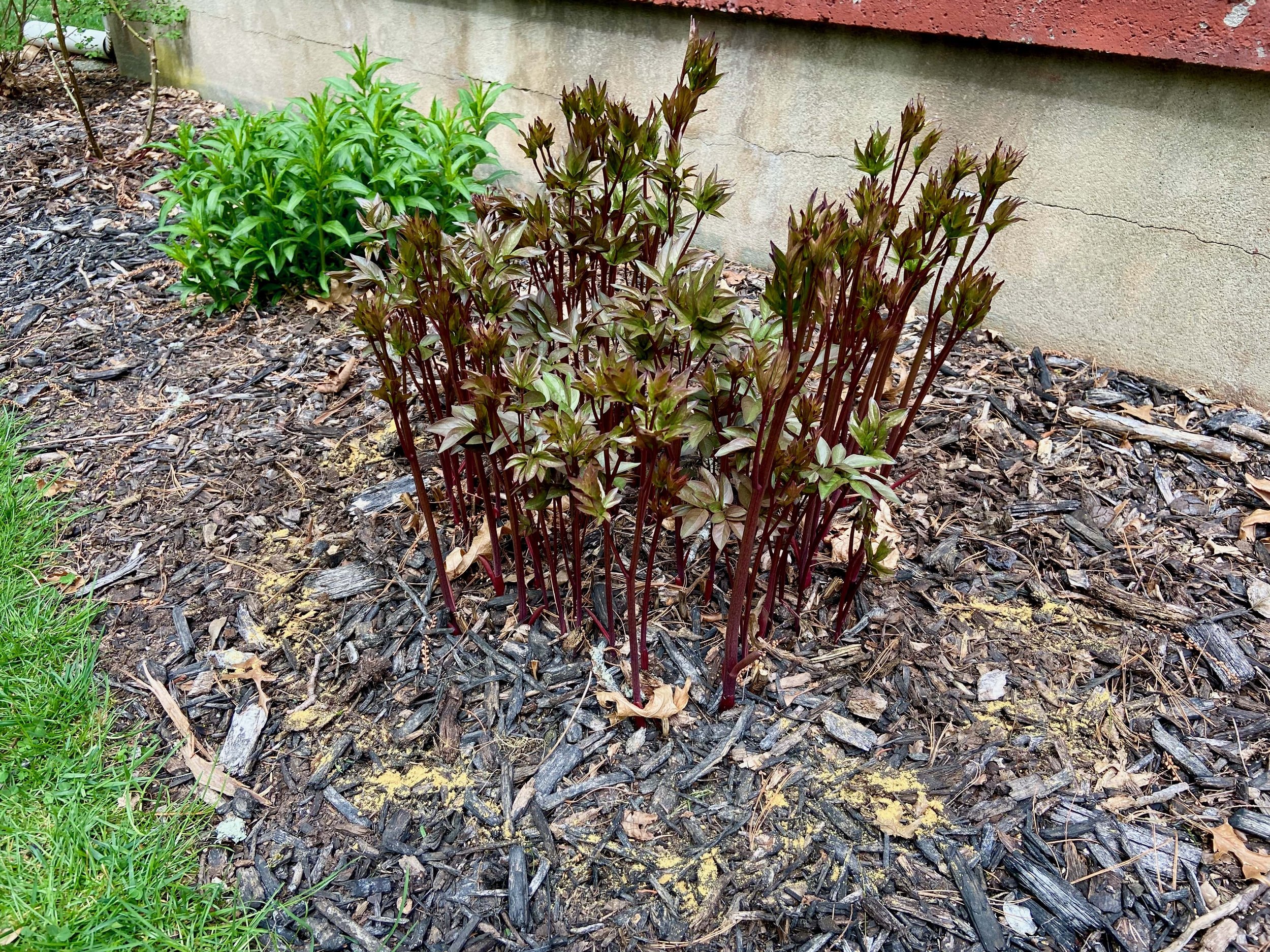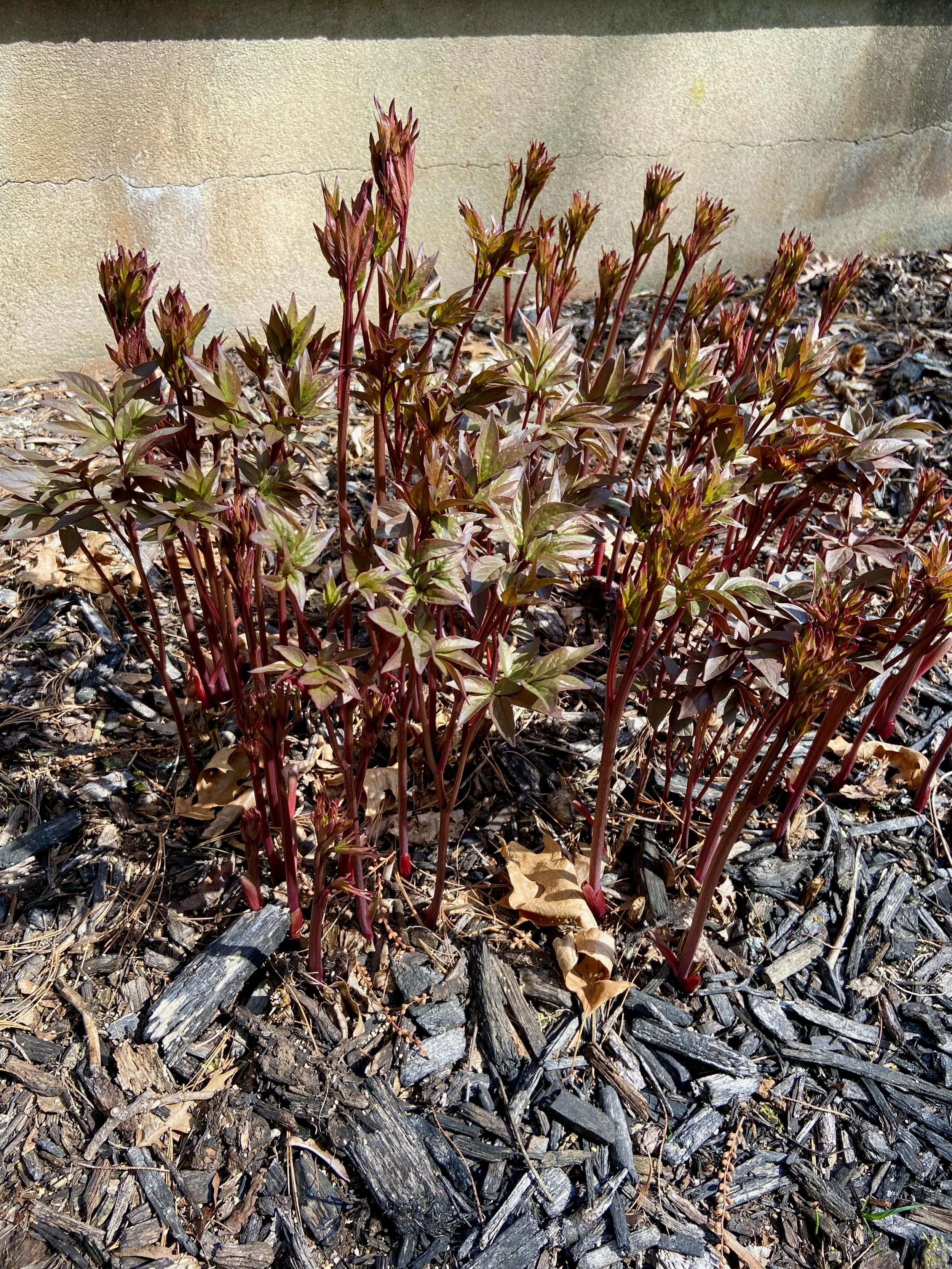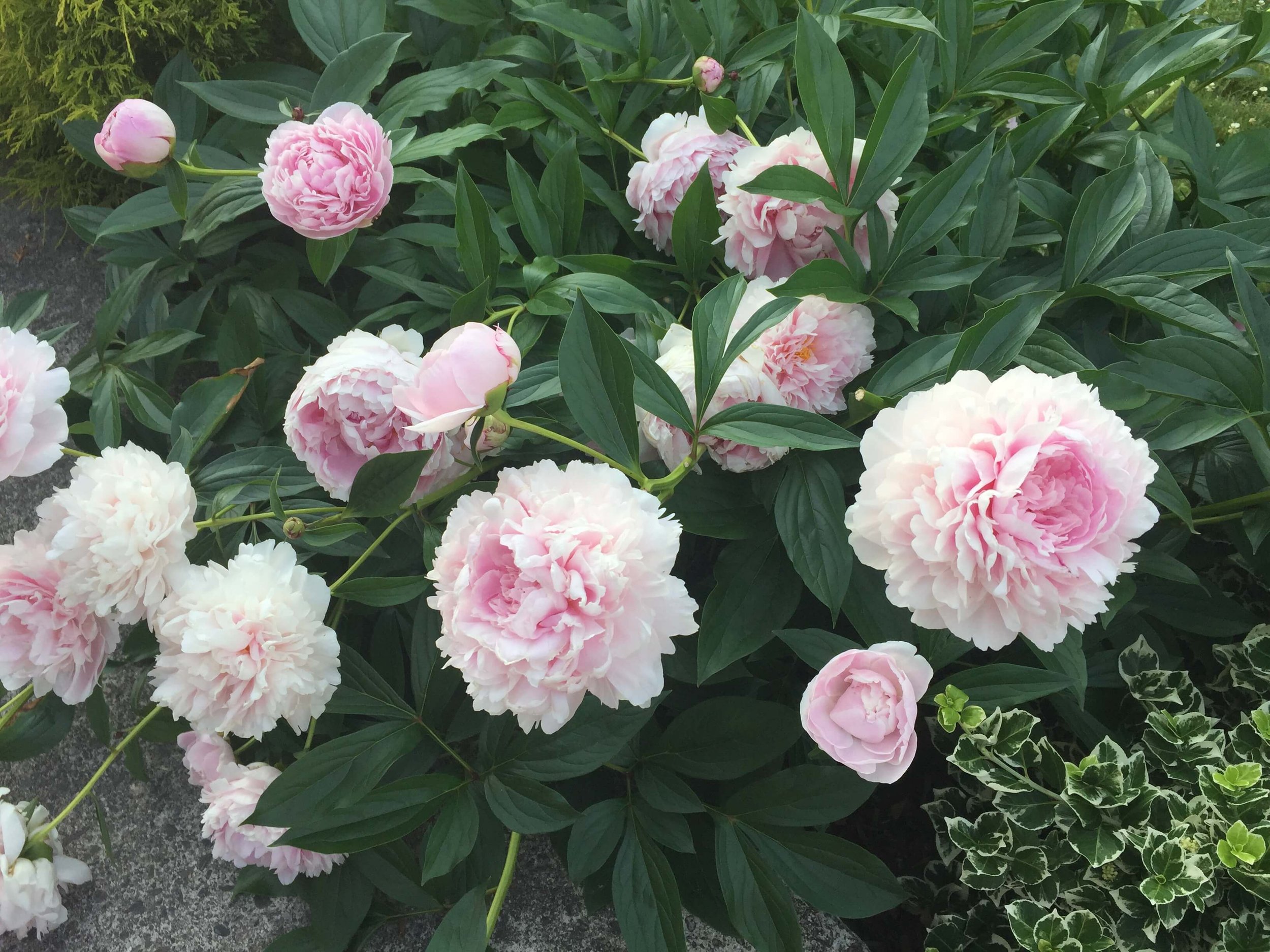Peony Fertilizer 101: The Ultimate Guide to Fertilizing Peonies
Fertilizing Peonies
If you're looking to fertilize your peony plant and make them flourish, look no further!
In this blog post, we will discuss everything you need to know about fertilizing these beautiful flowers.
We'll cover when to fertilize peonies, the type of fertilizer to use, and how to fertilize them properly.
So if you're ready to learn more about fertilizing peonies, keep reading!
The items listed are accompanied by affiliate links, meaning I earn a small commission if a purchase is made through my links. This has no impact on the cost to the consumer. I link to products this way whenever possible, and it has no bearing on the products I choose to review or recommend.
When to Fertilize Peonies
Peony flowers make any garden come to life with their vibrant petals, and lush blooms - but keeping them healthy and looking beautiful requires more than just sunshine!
Fertilizing peonies is an essential part of peony maintenance that will help ensure these gorgeous flowers continue to bloom.
But when should you fertilize your peony bush?
The best time to fertilize your peonies is in the springtime and in the fall. As soon as new shoots and flower buds appear in the early spring, it's time to start fertilizing your peonies!
When your peonies look like this and the shoots are coming up then it is time to fertilize.
This will give them a nutrient boost and help them produce more flowers throughout the summer. Doing so will help ensure that they thrive during the upcoming growing season.
Peonies should also be fertilized in late fall after cutting back the plants.
This will help ensure that the plants are ready for the rigors of winter and have enough nutrients to produce beautiful blooms in the spring.
How to Fertilize Peonies
Now that you know when to fertilize your beloved peony flower, let's talk about how to actually do it. Fertilizing peonies is fairly easy, but there are some important things to keep in mind.
To boost the growth of your peonies, it is important to be mindful when you are applying fertilizer.
It should be placed in a circular pattern around its base - also known as the "drip line" which is typically situated 6-12 inches from the stem's crown.
Fertilize around the drip line. You can see how I applied my granular fertilizer around the drip line of the peony plant.
It's important not to put too much in one spot since this can damage peony roots and flowers. You should also avoid getting fertilizer on the leaves or stems of your growing peonies as this can burn the plant.
After you apply your fertilizer to the peony, make sure to water the soil in order for the nutrients to be absorbed and utilized.
As always, it's important to read and follow the instructions on your fertilizer package.
Make sure to apply the appropriate amount of fertilizer to the soil based on the size of your plant and never overfertilize.
Applying too much fertilizer can burn a plant's roots and leaves, thus hindering its development.
The Best Fertilizer for Peonies
When choosing a fertilizer for your peonies, you should look for one that is specifically formulated for flowering plants/bulbs.
This type of fertilizer will provide the extra nutrients that your flowers need to produce beautiful peony blooms.
So let's take a look at the nutrients and what they do before choosing a fertilizer for peonies.
The three main elements that fertilizer should contain are nitrogen, phosphorus, and potassium. The N-P-K ratio can be found on a product's packaging.
Nitrogen is responsible for foliage growth and leaf production, which is essential for healthy plant growth.
Phosphorus supports flower development and root growth; this helps the flowers bloom more vibrant and plentiful.
Potassium promotes strong stems and disease resistance of the flowers.
Since you want an abundance of blooms you want a fertilizer that is higher in phosphorus than nitrogen.
A fertilizer too high in nitrogen can cause peony foliage to dominate over flower growth, so be sure to get the right ratio of nutrients.
Bulb fertilizers are an excellent option for encouraging your plants to bloom, as they have been specifically designed with such growth in mind.
When shopping for a peony fertilizer a good ratio is a 5-10-5 fertilizer, which contains 5% Nitrogen, 10% Phosphorus, and 5% Potassium, or 10-20-10 will also work.
These types of fertilizers will help keep your peonies looking their best throughout the season!
For stunning, showy blooms this season, try one of these nutrient-rich fertilizer options!
Peonies as they start to emerge from the ground.
Beautiful blooms on my peony bushes.
Care Tips to Make Your Peonies Thrive
Fertilizing is just one part of caring for herbaceous peonies. It's also important to give your plants plenty of sunlight and water, as well as keep the soil properly drained.
Additionally, you should ensure that they have enough space to breathe.
Pruning and deadheading peony blooms can help your peonies look their best throughout the season. Pruning is best done in late fall, while deadheading can be done as needed.
Make sure you pay attention to the temperature as you are approaching late spring, an unexpected frost can nip your peonies and cause curling peony leaves.
FAQS About Fertilizing Peonies
Should I use manure to fertilize my peonies?
No, manure should not be used to fertilize peonies. Manure that is added to the soil can cause disease and burn the roots of your plants.
Are used coffee grounds good for peony plants?
No, coffee grounds contain nitrogen which can cause foliage to grow more than blooms. If you want your plants to bloom more, use a fertilizer that is higher in phosphorus than nitrogen.
Can you feed peonies with bone meal?
For optimum results, fertilize your peonies with bone meal in the fall when prepping them for their winter dormancy and also at the start of spring before any foliage has had a chance to sprout.
Bone meal will stimulate strong root development and provide plenty of nutrition for your plants!
Is Miracle-Gro good for peonies?
Depending on the type of Miracle-Gro fertilizer you have, it can be applied to your peonies. The product contains a higher phosphorus ratio than nitrogen, making it an ideal choice for this plant variety.
Fertilizing Peonies
Fertilizing your peonies is essential to ensuring that they get the nutrients they need for vibrant and abundant blooms.
When shopping for fertilizer, make sure you look for one with a high phosphorus content as this will help encourage more flower growth.
Additionally, don’t forget to take into account other care tips such as proper sunlight exposure and water drainage when caring for your plants.
With these strategies in place, you should be able to enjoy beautiful blooms all season long!




















